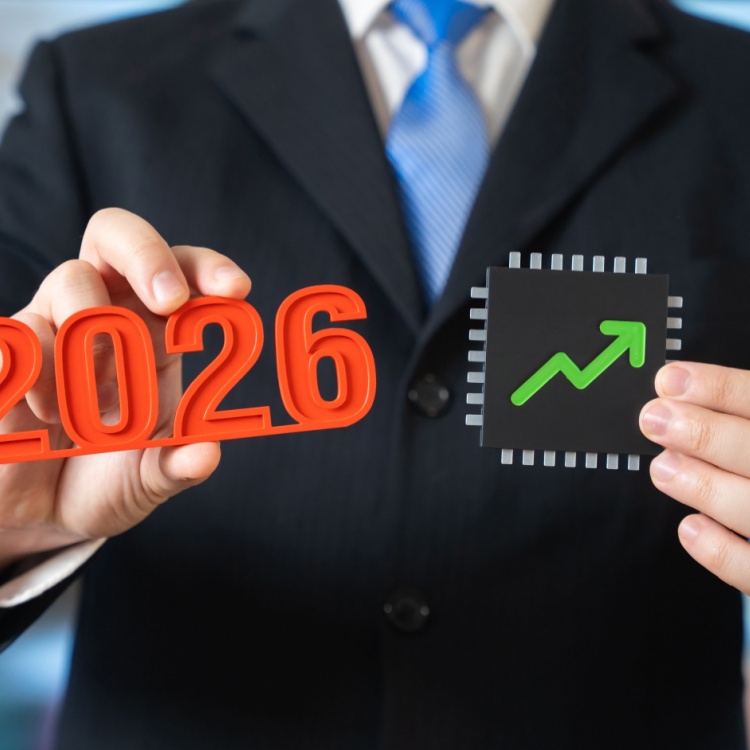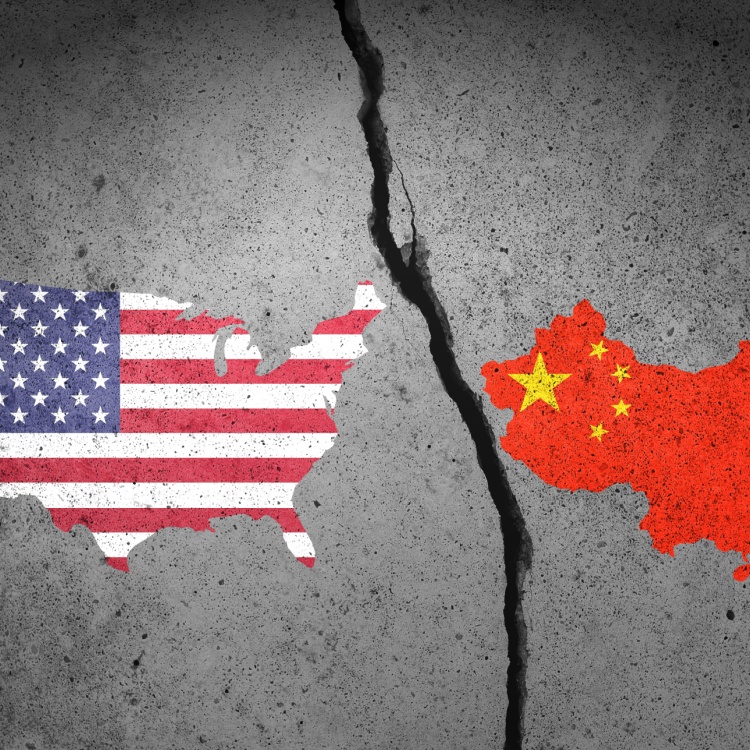The Future of Tracking Technology
July 25,2019,Philippines—Invented at the height of the Cold War in the 1960s, tracking devices were originally designed for military and intelligence applications until they were made available to the public by the 1990s, and were mainly used by businesses to monitor their fleet.
Today, tracking devices have tremendously evolved along with technology and have become a significant feature for many global manufacturing products, including cars and smartphones. Aside from being able to analyze and provide the best routes in real-time, they now also allow people to receive constant alerts of weather and disaster updates, or do tasks like sending payment or booking a taxi without even leaving their homes!
As we move onto the future, the importance of tracking devices is expected to grow, together with its capabilities. Take a look at how tracking devices have evolved since its beginning and will evolve in the future.
GPS and IPS
Familiar to everyone, the global positioning system (GPS) is a space-based satellite navigation system used to determine the ground position of an object anywhere on or near the Earth, in all weather conditions. It has been long utilized by various global manufacturing industries, especially by the automotive market for their personal and commercial vehicles, and more recently by the telecommunications sector for their smart gadgets, which has greatly improved the collective productivity and efficiency of society.
Moreover, it has also enhanced certain tasks such as surveying and mapping, fishing, and search and rescue operations, as well as helped several scientific aims including earthquake prediction, aviation engineering, and even space exploration to further their study.
Since a GPS device relies on a series of satellites in order to pinpoint a location, it would be difficult to use it indoors where the signals from the satellites will be blocked by the roof or walls. Fortunately, the global manufacturing industry is currently developing a solution to this problem.
On the other hand, the indoor positioning system (IPS) can locate objects inside a building using light, radio waves, acoustic signals, magnetic positioning, and other sensory information which would create a seamless tracking system if integrated with the GPS. It is still in its early stages, but once it is improved and ready for commercial use, IPS and GPS will push growth of more industries, particularly mobile gaming, along with the advancement of augmented and virtual reality or AR/VR technologies.
Cloud and fog computing
Cloud computing or storing, managing, and accessing data and programs over the Internet instead of using a local server or a hard drive have become a common action in this era of digital automation. Meanwhile, fog computing which is the development of cloud computing is an architecture that allows further distribution of core functions such as control and storage while keeping things closer to where the data was created and used.
Now, how are these two technologies connected to tracking technology? Fog computing harnesses the concept of the Internet of Things (IoT) and combines the data coming from IoT devices to form a more sustainable infrastructure. However, in order to do that, fog computing would need information about locations is where the tracking technology would come to play.
What to look forward to in fog computing:
The technology of fog computing is mostly beneficial for advertisers and entrepreneurs who now capitalize on IoT and location in order to spread awareness about their product. However, this also means less privacy for most users.
The technology is not entirely disadvantageous to people, however, as fog computing can also be beneficial in solving issues of smart cities.
For instance, connectivity is key in realizing smart cities. However, the shortage of broadband bandwidth and connectivity is a major issue in most countries, mostly due to lack of budget. By deploying fog computing architecture in smart cities, the fog nodes would offer local storage and processing which can optimize network usage.
Furthermore, it could also be useful in efficiently operating smart city systems in real-time. For example, fog computing can control smart traffic lights to allow emergency vehicles to pass through without any delays.
Tracking technology is already heavily utilized by numerous EMS company in the Philippines and other countries around the world, as well as in various global manufacturing products. But its influence, especially in other industries, is still growing as its capabilities are being explored and further developed.
The future of tracking technology is still undefined. Nonetheless, it looks bright.
Other Blog


